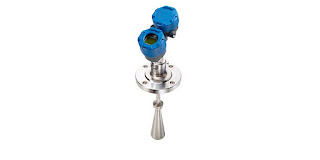 |
| An automatic self-cleaning strainer is suitable for many applications and reduces manual maintenance. |
Strainers generally consist of a heavy duty housing and a contained screen with controlled opening size designed to disallow the passage of particles exceeding a targeted size. Trapped particulates remain on the screen, or within a shape created by the screen such as a basket (see basket strainer). The continuing collection of solids will eventually impede the free flow of the process fluid, so the strainer must be emptied or cleaned periodically. The frequency of cleaning is a function of the solids content of the incoming fluid and may not necessarily be a regular interval. A simple strainer, to be cleaned, requires temporary shutdown of the flow or bypass of process fluid around the strainer assembly. A duplex strainer consists of twin strainers, usually housed in a common assembly, with a diverter valve that allows the inlet flow to be directed to one of the strainers while closing off the other from the system. This allows for cleaning of one of the strainers while the other is in active service, maintaining continuous fluid flow.
A third solution provides the continuous operation of a duplex strainer, but without the need for manual cleaning.An automatic self-cleaning strainer, such as the MCS 500 from Eaton provides uninterrupted operation without a duplex configuration or regular manual cleaning. It's form is essentially a housed strainer with a built-in scraper blade that moves along the inlet surface of the strainer media, moving accumulated solids to a collection chamber at the bottom of the pressure housing. Automatic controls regulate the operation of the scraper and discharge valve on the purge chamber that removes the collected solids from the system. The automatic self-cleaning strainer provides a cost effective time saving solution for the filtration of compatible fluids.
More detail for the MCS 500 is provided below. Share your fluid filtration requirements and challenges with fluid processing specialists. Leverage your own process knowledge and experience with their product application expertise to develop effective solutions.






